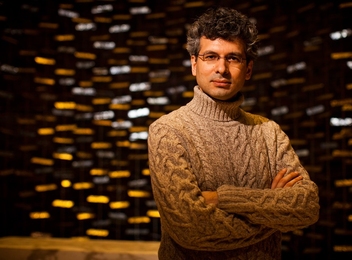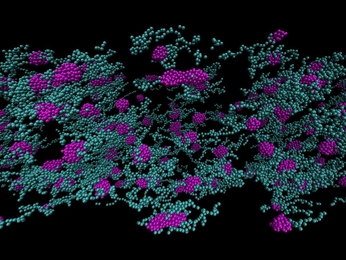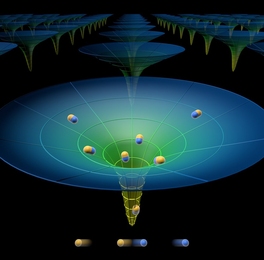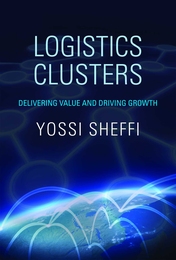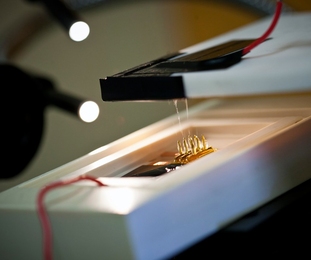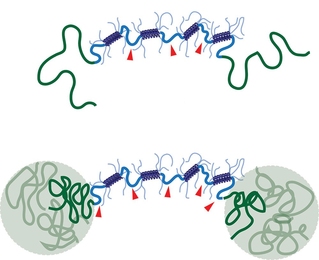Search Stories
J.J. Abrams: 'It’s like driving in the fog'
Movie and television writer-producer shares his thoughts on how his production company compares with MIT’s Media Lab.
The music of the silks
Researchers synthesize a new kind of silk fiber — and find that music can help fine-tune the material’s properties.
Maria Zuber appointed vice president for research
Claude Canizares will take a new role as a vice president with responsibility for international partnerships.
3 Questions: World energy outlook
Fatih Birol, chief economist at the International Energy Agency, talks about the future of fossil fuels and the prospects for curbing greenhouse-gas emissions.
Proving quantum computers feasible
With a new contribution to probability theory, researchers show that relatively simple physical systems could yield powerful quantum computers.
Lead-proton collisions yield surprising results
Unexpected data from the Large Hadron Collider suggest the collisions may be producing a new type of matter.
Scientists image brain structures that deteriorate in Parkinson’s
New MRI technique could help doctors track how patients respond to treatment.
Funneling the sun’s energy
MIT engineers propose a new way of harnessing photons for electricity, with the potential for capturing a wider spectrum of solar energy.
Brain waves encode rules for behavior
Fluctuations in electrical activity may also allow the brain to form thoughts and memories.
Ocean currents play a role in predicting extent of Arctic sea ice
Discovery of feedback between sea ice and ocean improves Arctic ice extent forecast.
What can logistics do for you?
In a new book, an MIT professor argues that investment in global transportation hubs can spur a ‘feedback loop’ of regional growth.
Making ‘nanospinning’ practical
Nanofibers have a dizzying range of possible applications, but they’ve been prohibitively expensive to make. MIT researchers hope to change that.
A different operating procedure
MIT Sloan’s Katherine Kellogg goes inside hospitals to study medical practices.
New injectable gels toughen up after entering the body
These more durable gels could find applications in drug delivery and tissue engineering.
